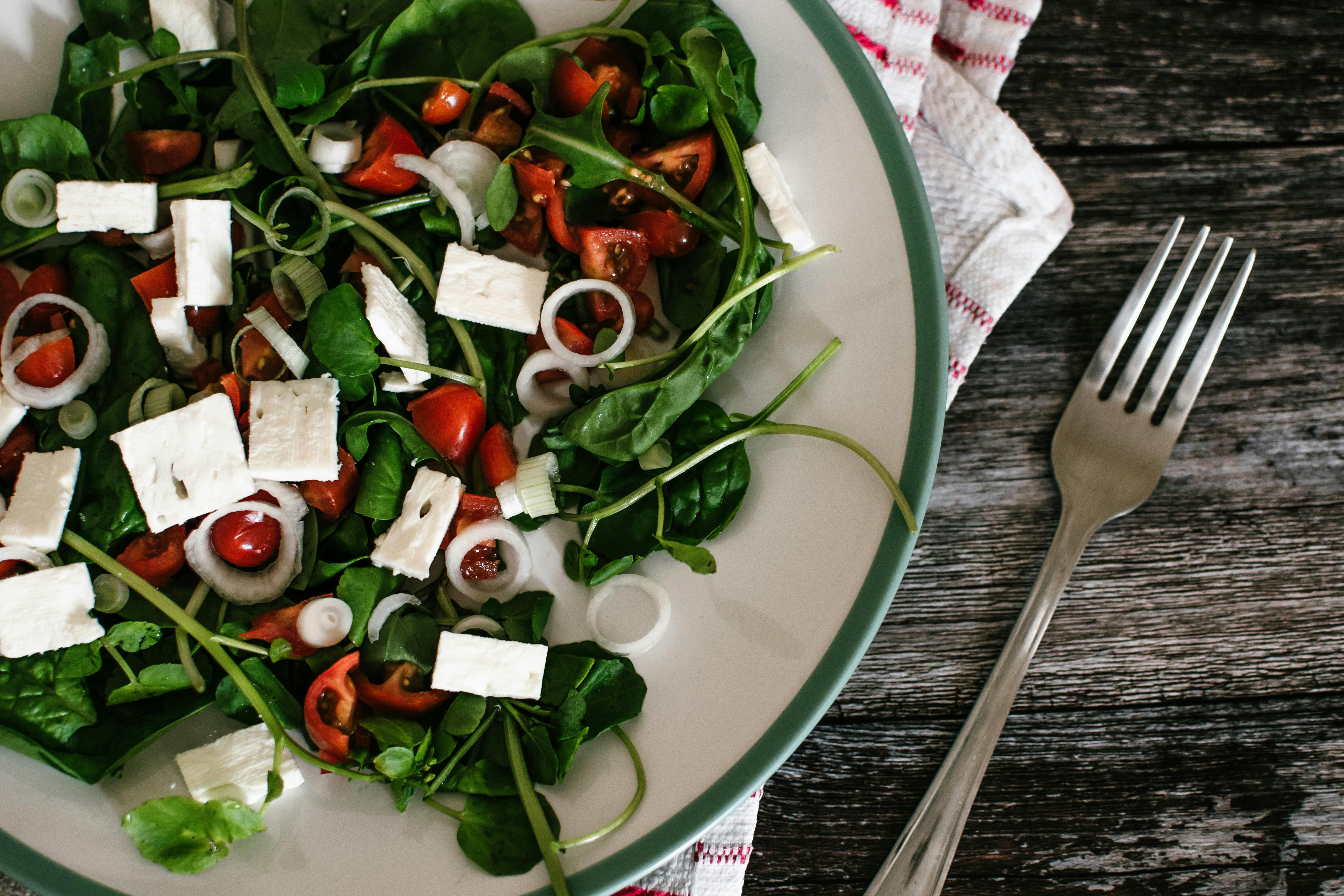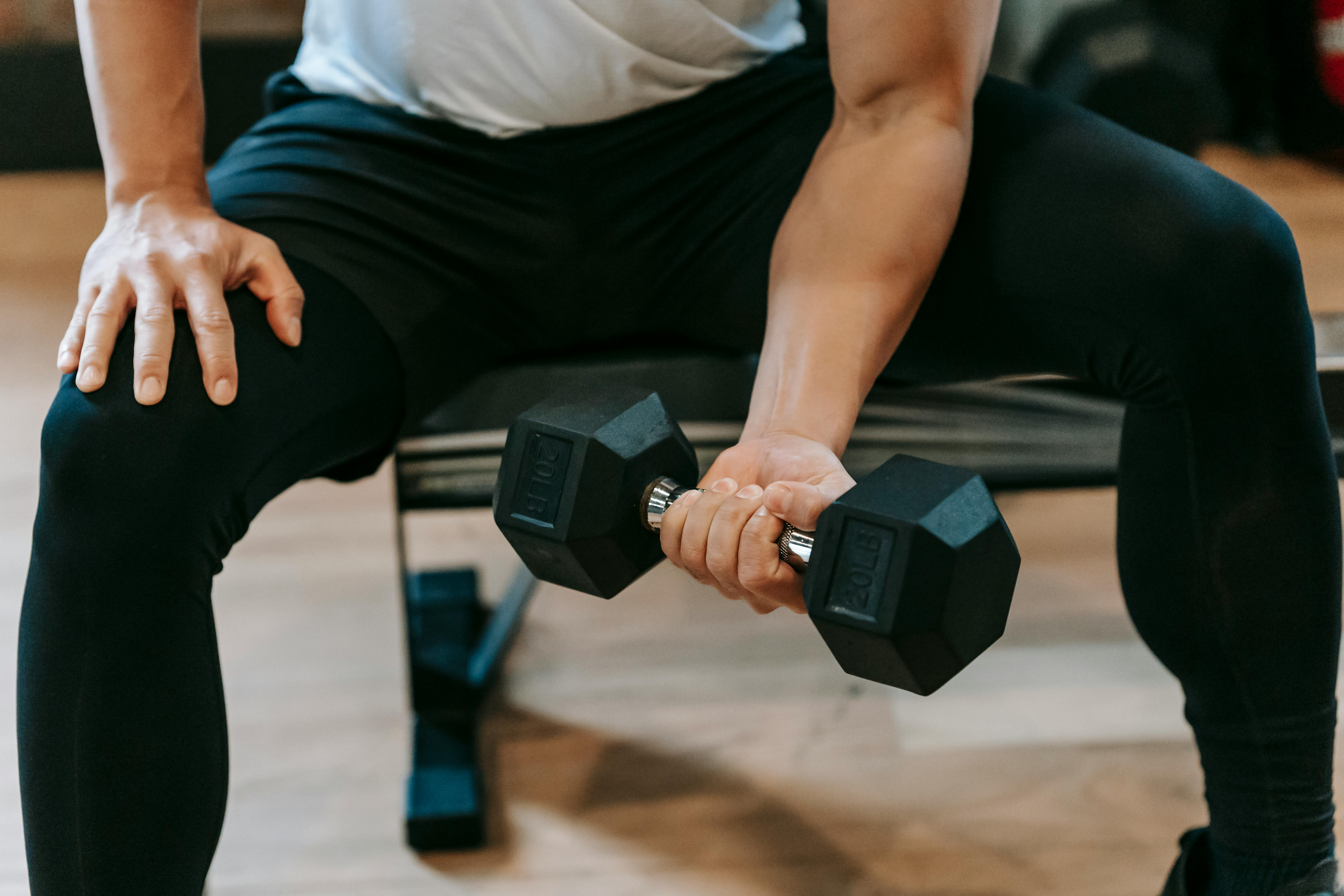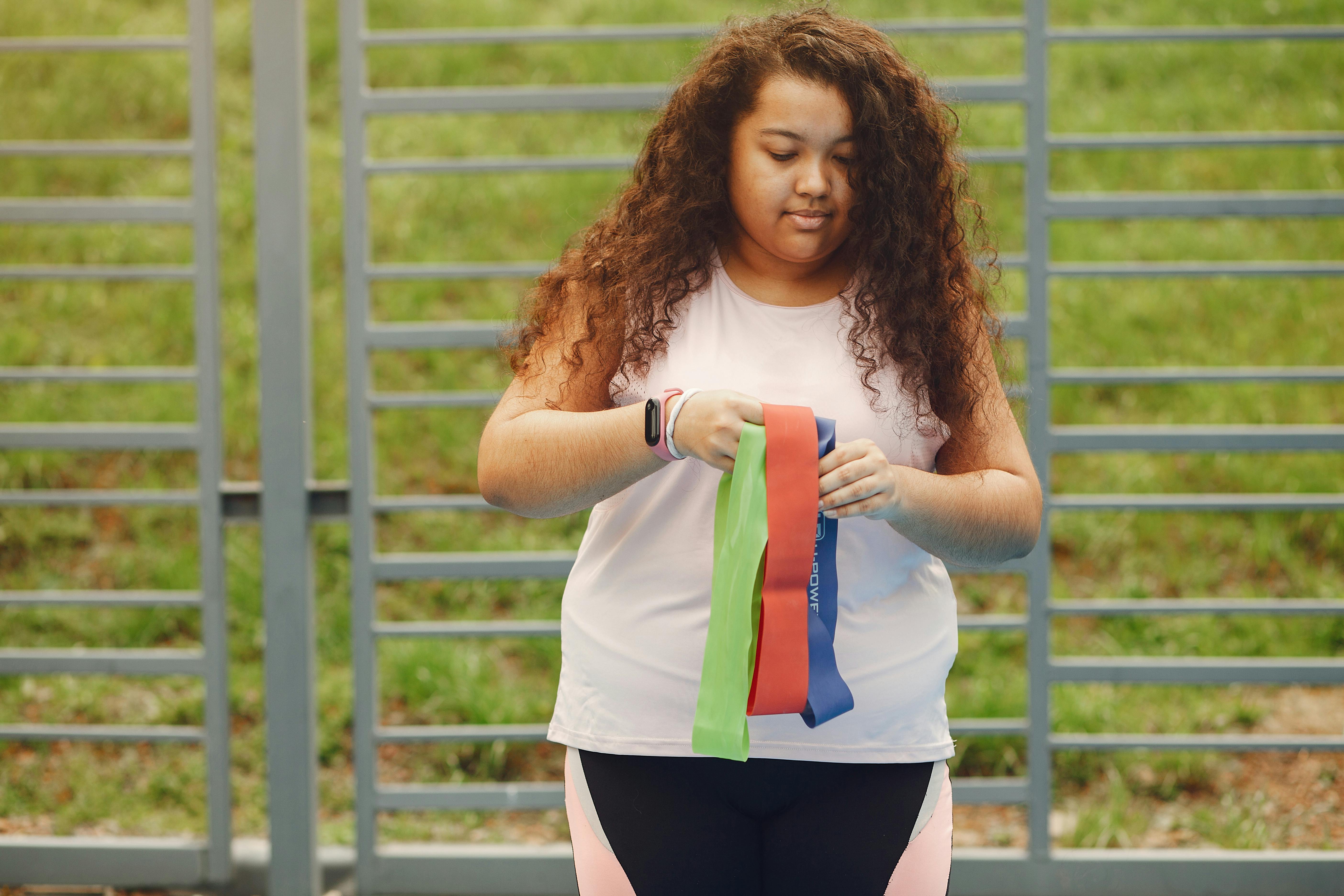In recent years, research has shown that endurance is not as important as strength in improving functional capacity in older adults. A problem that affects many elderly people (especially women) is osteoporosis. You hear of many old people falling and breaking their bones; they can’t even get up to ask for help. Well the sad reality is that your bones break first and then fall out! Exercise with weights is crucial.
If you’re looking for strength, use heavy weights for low reps with plenty of rest between sets. If body composition is your goal and you want to reduce some body fat, use a lighter weight for more reps but a shorter rest interval. However, do not overdo it. Listen to your body. Sarcopenia, a condition in which muscles atrophy or waste away at a rate of 6 pounds per decade after age 30, is another factor to consider. The following program will help you build muscle mass.
A1) Back squat
A2) Lying Leg Curl
B1) Bent-over row
B2) Close grip bench press
C1) Abdominal Crunches
C2) Standing calf raise
Do 2-3 sets of 10-12 reps with 60 second rest between sets. Be sure to keep your movements slow and controlled. Perform the routine 3 times a week (every other day).
Restoration in the form of massage, contrast (hot/cold) showers and baths, or some light cardiovascular exercise (such as walking) and stretching may be helpful.
Lifestyle plays a crucial role. It goes without saying that recreational drugs, smoking, and alcohol will wreak havoc on your body no matter how old you are. Sleep is also important. Try to sleep before midnight (in fact, go to bed no later than 10:00 pm if possible) and wake up at the same time every day. A short nap or two during the day is also beneficial.
What about nutrition? For starters, most people need to clean up their diet by eliminating the processed and refined junk that litters their cabinets and refrigerators. That means no more cereal and juice for breakfast, or deli sandwiches and sodas for lunch, or pasta and wine for dinner. That also means sticking to the perimeter of the supermarket when shopping for groceries – forget the middle aisles!
Eat 4-5 small meals spread throughout the day and be sure to drink plenty of water. Dehydration is part of the aging process. At birth, 85% of the body is made up of water… when you die, it’s 50%! When the water reserves are falling, it indicates that something is wrong. It usually reflects a breakdown of muscle tissue. So make sure you stay well hydrated by consuming 5 ounces of water per pound of body weight.
Here is a sample diet:
Meal 1 – Spinach omelette
Meal 2 – Chicken Salad with Vinaigrette Dressing
Meal 3 – Salmon with green vegetables
Meal 4 – Cottage Cheese with Mixed Berries
You can have a cup of coffee (preferably organic, Swiss process decaf) in the morning, but prefer green tea in the afternoon and chomemile tea in the evening. Feel free to snack on raw nuts (in moderation, of course).
Regarding supplementation, the only one that I consider absolutely necessary is fish oil. Other than that, a high-quality protein powder, probiotic (or friendly bacteria), and fiber supplement are worth considering, particularly after your workout (this would be your fifth meal if you follow the sample diet outlined above). the mineral is unnecessary if you are eating fresh, healthy foods (again preferably organic) every day.
Don’t let mother nature get to you without a fight. Charge your health with your pension and take action! Getting in shape doesn’t have to be complicated. By following this simple plan, you should be able to reap the benefits of better health at any age.









